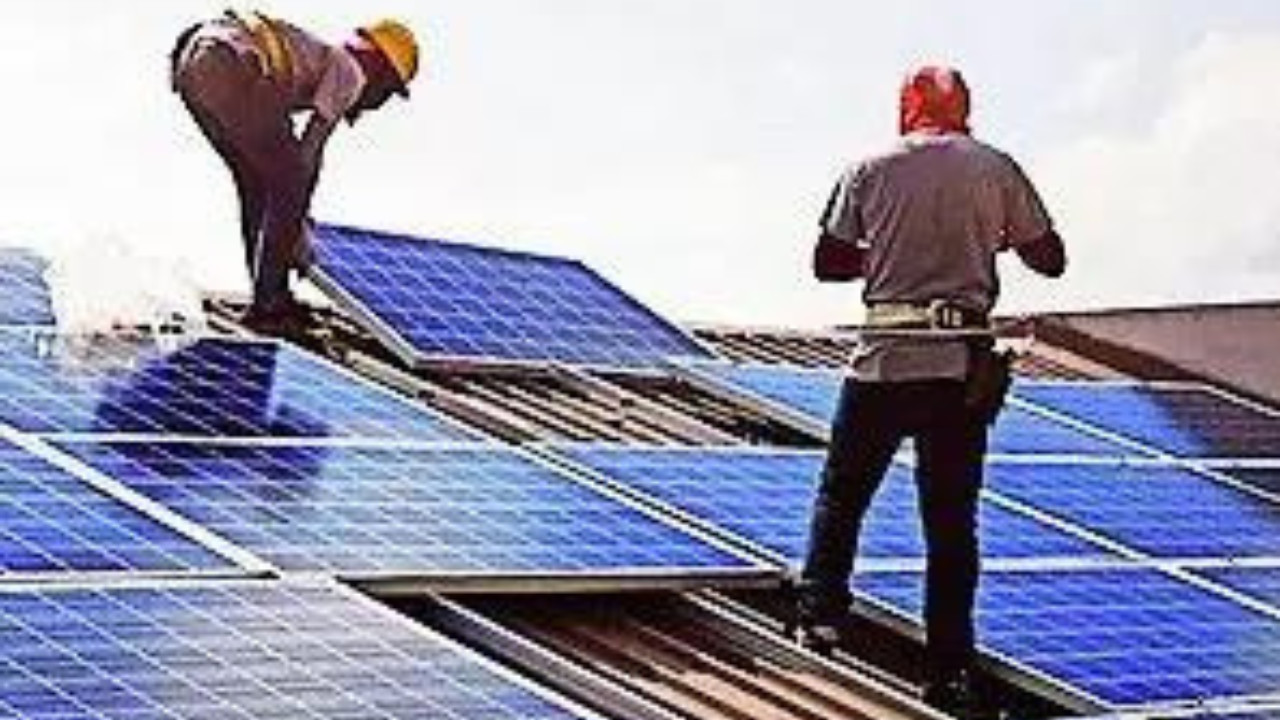SECI has invited bids for 2,000 MW of grid-connected solar projects with co-located energy storage, aiming to stabilize India’s renewable energy grid. Each project requires integrating 1000 MW/4000 MWh of energy storage, charged exclusively by solar power. This initiative supports India’s climate goals and enhances grid reliability by addressing solar power intermittency.
India’s Playing the Long Game: 2000 MW Solar + Storage Bids Signal a Green Grid Revolution
Okay, let’s talk about India’s energy future, because frankly, it’s looking brighter than a freshly installed solar panel on a clear day. The Solar Energy Corporation of India (SECI), the agency driving India’s renewable energy juggernaut, has just thrown down a rather significant gauntlet: they’re inviting bids for 2000 MW of solar power projects, but with a twist – each one must include co-located battery storage.
Think of it like this: India isn’t just betting on sunshine anymore; it’s investing in the technology to hold onto that sunshine. And that, my friends, is a game-changer.
For years, the promise of renewable energy has been tantalizingly close, held back by the inherent unpredictability of solar and wind. Clouds roll in, the wind dies down, and suddenly your power grid is looking a little… anxious. This intermittency has been a major stumbling block, forcing reliance on traditional, often polluting, power sources to fill the gaps.
But battery storage? That’s the missing piece of the puzzle. It’s the “always on” switch for renewables. Imagine a massive solar farm humming away all day, charging up giant batteries that then diligently deliver power even after the sun dips below the horizon. That’s the vision SECI is aiming for, and this 2000 MW tender is a huge step in that direction.
This isn’t just about going green; it’s about creating a stable and reliable green grid. India has set ambitious targets for 2030, aiming for a grid powered largely by renewable sources. To achieve that, we need more than just solar panels; we need the infrastructure to manage the ebbs and flows of renewable energy. This SECI tender directly addresses that need.
What’s particularly exciting is the “co-location” aspect. By requiring the battery storage to be integrated directly with the solar farm, SECI is optimizing efficiency and reducing transmission losses. Think of it like having your own personal power bank right next to your solar panel – minimizing the distance electricity has to travel and maximizing the energy you get to use. It’s a smart, streamlined approach.
Furthermore, this move sends a powerful signal to the global renewable energy market. It says, “India is serious about storage.” It’s a clarion call to technology providers, investors, and project developers: bring your best battery solutions to India, because we’re ready to deploy them.
Now, let’s not sugarcoat things. Deploying large-scale battery storage is not without its challenges. The upfront costs are significant, and the technology is still evolving. We’ll need to see robust mechanisms for ensuring the long-term performance and safety of these batteries. Moreover, efficient recycling and disposal strategies need to be baked in from the get-go, ensuring that we don’t simply trade one environmental problem for another.
The bidding process itself will be fascinating to watch. Who will emerge as the frontrunners? Will domestic players step up to the plate, or will international giants dominate the landscape? The answers to these questions will offer valuable insights into the maturity of India’s renewable energy sector and its ability to compete on a global stage.
Beyond the technical aspects, there’s a compelling economic narrative here. Investing in renewable energy and storage creates jobs, stimulates innovation, and reduces India’s reliance on imported fossil fuels. It’s a pathway to energy independence and a more sustainable future.
I believe we are standing at the cusp of a significant transformation. This 2000 MW tender is more than just a collection of solar farms and batteries; it’s a blueprint for a cleaner, more resilient, and ultimately more prosperous India. It’s a bold statement that India isn’t just dreaming about a green future; it’s actively building it, one solar panel and battery at a time. And that’s something worth getting excited about. Let’s keep a close watch on how these projects unfold. The future, after all, is electric…and increasingly green.
📬 Stay informed — follow us for more insightful updates!







